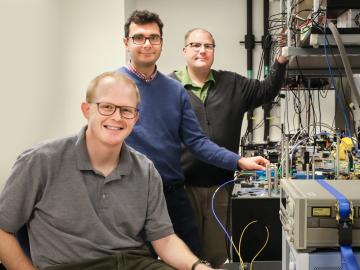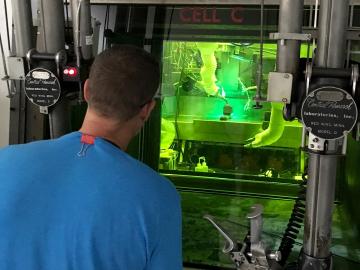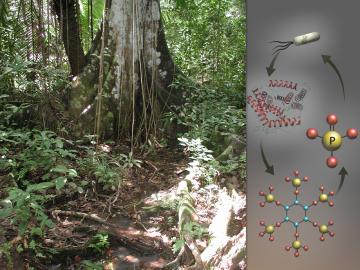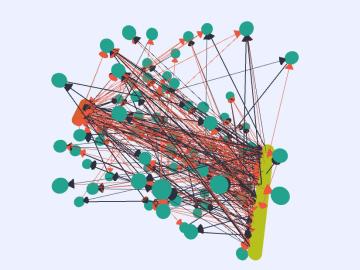
Filter News
Area of Research
- (-) Nuclear Science and Technology (14)
- (-) Supercomputing (23)
- Advanced Manufacturing (2)
- Biological Systems (2)
- Biology and Environment (4)
- Building Technologies (2)
- Clean Energy (48)
- Climate and Environmental Systems (2)
- Computational Biology (1)
- Energy Frontier Research Centers (1)
- Fossil Energy (1)
- Fuel Cycle Science and Technology (1)
- Fusion Energy (1)
- Materials (52)
- National Security (2)
- Neutron Science (26)
- Nuclear Systems Modeling, Simulation and Validation (1)
- Sensors and Controls (2)
News Type
Media Contacts

Nuclear scientists at Oak Ridge National Laboratory are retooling existing software used to simulate radiation transport in small modular reactors, or SMRs, to run more efficiently on next-generation supercomputers. ORNL is working on various aspects of advanced SMR designs through s...


Scientists of the Department of Energy’s Light Water Reactor Sustainability Program (LWRS) and partners from the Electric Power Research Institute (EPRI) have conducted the first weld tests to repair highly irradiated materials at DOE’s Oak Ridge National Laboratory.


A team of researchers from the Department of Energy’s Oak Ridge National Laboratory has married artificial intelligence and high-performance computing to achieve a peak speed of 20 petaflops in the generation and training of deep learning networks on the




